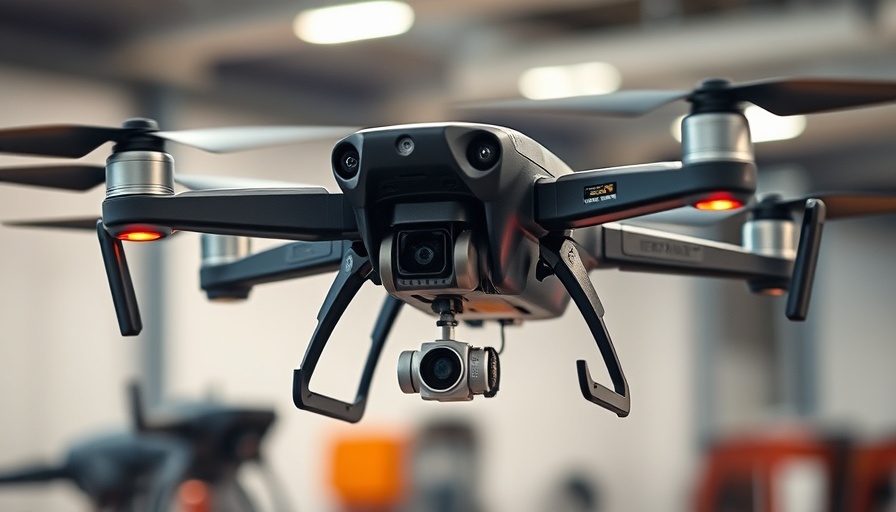
Understanding Project FlyTrap: A New Era in Counter Drone Operations
In the wake of escalating aerial threats, the Project FlyTrap initiative highlights the collaborative efforts between U.S. and U.K. forces to improve counter-unmanned aerial systems (CUAS) capabilities. This milestone program, taking place in Germany and Poland, aims not only to test technologies but also to enhance the readiness of NATO allies against increasingly complex warfare scenarios that incorporate drones.
Why Project FlyTrap Matters: The Need for Enhanced Drone Defense
As drone technology evolves, so do the potential threats posed by uncrewed aerial vehicles in armed conflict. Project FlyTrap serves as a response to the evident need amongst NATO allies to address these threats effectively. The ongoing training exercises focus on integrating advanced CUAS tools with a broader military strategy that includes electronic warfare and cyber tactics. These integrations reflect a more holistic approach to modern combat, where aerial surveillance and potential aggression from drones must be met with equally sophisticated defenses.
Real-World Application: Lessons Learned from Ukraine
DroneShield, a key player in this initiative, brings over a decade of CUAS experience to the table with technologies already deployed in over 40 countries, including significant engagement in Ukraine. The company’s systems witnessed first-hand the efficacy of targeted drone defense in combat, informing strategies that will now be tested in multinational settings. Tom Branstetter, VP of Business Development and Sales at DroneShield, emphasized the essential nature of CUAS, recognizing exercises like FlyTrap as critical for preparing soldiers before deployment.
Noteworthy Developments: Live Training Scenarios and Technology Trials
The exercises are not limited to theoretical applications; they involve practical, hands-on training with CUAS technologies. Notably, British and American soldiers collaborated to conduct the first-ever live grenade drop from a drone in U.S. Army training. This landmark event showcases the advanced capabilities being cultivated through Project FlyTrap. Tools like DroneShield’s DroneGun Mk4 were tested against real-time scenarios, reinforcing the importance of interoperability and adaptability in defense strategies.
Fostering Innovation Through Collaboration
Project FlyTrap exemplifies the importance of multinational cooperation in developing robust defense measures against evolving threats. By pooling resources and expertise, the U.S. and U.K. forces can enhance their operational readiness while sharing insights that could shape future military engagements globally. This shared vision creates a formidable defense posture that set a precedent for future NATO operations.
Looking Ahead: Future Trends in Counter Drone Defenses
As drone technology continues to advance, so too will the challenges military forces face. Emerging trends in CUAS will likely lead to the use of artificial intelligence and machine learning to improve detection and response times against hostile drones. The success of Project FlyTrap could pave the way for further innovations, influencing not only military procedures but also shaping civilian drone regulations globally.
Engaging in initiatives like Project FlyTrap will be pivotal for industries reliant on drone technology, including commercial applications, as military advancements often drive civilian innovations.
 Add Row
Add Row  Add
Add 




Write A Comment